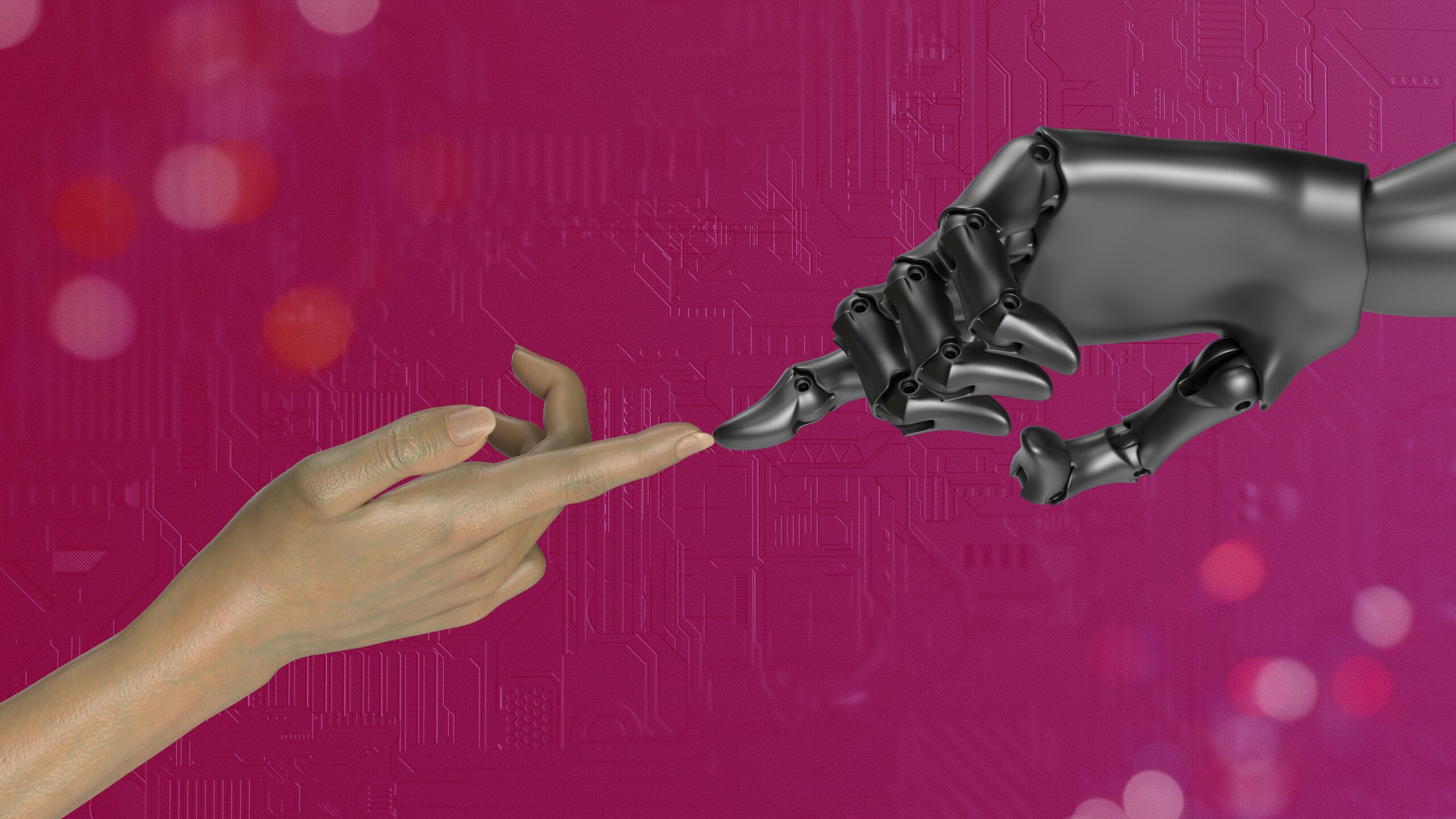The Hidden Costs of Over-Optimizing Your Funnel

We all want efficient marketing funnels, cleaner paths, higher conversions and fewer leaks.
But what happens when we chase optimization so hard that we forget why the funnel existed in the first place?
While tightening up your funnel can absolutely help scale growth, there’s a tipping point. You can only refine things so much—add so many steps, rules, and automations—that your funnel stops being a bridge and becomes a maze. It’s the marketing version of overthinking a good idea.
When Funnels Get Too Smart for Their Own Good
The idea behind funnel optimization is sound: remove friction, improve flow, and make it easier for leads to convert. Yet sometimes in the pursuit of higher numbers, many marketers end up stacking so many tools and steps into the process that it breaks under its own complexity.
For example, say you install five lead scoring rules, three email sequences, a retargeting campaign, a chatbot, and two routing workflows—just to qualify one lead. Sure, every piece serves a purpose. But together? They can cause delays, misfires, or worse, make a potential customer feel like a data point on a conveyor belt.
What looks brilliant in a flowchart can feel broken to a real person.
The Illusion of Automation Perfection
Automation is a gift—until it becomes a trap. There’s a point where your automation no longer improves experience, it just accelerates misalignment. You send the wrong content. You follow up at the wrong time. You push someone down a path they never wanted to go.
AI and marketing automation tools give us incredible power. But if you don’t regularly review your workflows from the user’s point of view, you can easily create a system that optimizes for clicks while losing sight of connection.
Leads Aren’t Linear—Your Funnel Shouldn’t Be Either
Here’s the truth most optimization playbooks ignore: human behavior isn’t linear. Real buyers don’t move step by step from awareness to interest to decision. They loop back. They stall. They change their minds.
When you build a funnel assuming that every lead follows the same path, you’re optimizing for a fantasy.
Instead, smart marketers are leaning into flexible, dynamic experiences—fewer hard-coded sequences, more real-time feedback loops. Tools like ActiveCampaign, HubSpot, and Encharge now support behavior-based paths that adapt as people engage (or don’t).
Over-Optimization Can Muffle Your Message
The more automated your funnel becomes, the more it can feel templated. Generic. Cold.
That personalization token might say “Hi Jamie,” but the rest of the message still reads like it was written for a thousand other people. When you over-optimize for efficiency, you often under-deliver on authenticity.
If your funnel becomes so perfect that no one remembers it, it’s not working.
Data Is a Mirror—Not a Map
One of the most common traps in over-optimization is mistaking past performance for future guidance. Just because a certain subject line worked last month doesn’t mean it will work forever.
Data can tell you what people did but it can’t always tell you why.
Optimization is only powerful when paired with experimentation. It’s important to always keep testing and asking why. Don’t let the data do all your thinking!
Focus on What Actually Moves the Needle
Instead of trying to optimize every corner of your funnel, zoom out. What are the handful of moments that actually make a difference?
Maybe it’s the email that delivers your free trial. The landing page that frames your offer. The call to action that builds trust instead of pressure.
Spend your energy there and optimize with care. Not everything needs to be fine-tuned!
The Bottom Line: Don’t Let Your Funnel Be the Goal
Your funnel should serve your strategy—not the other way around.
A highly optimized funnel is useless if it drives people into a sales process they don’t enjoy, or delivers leads your team can’t close. The best funnels feel seamless, not sophisticated.
So yes, optimize, but do it with the humility to check your assumptions and the empathy to put yourself in the buyer’s shoes.










